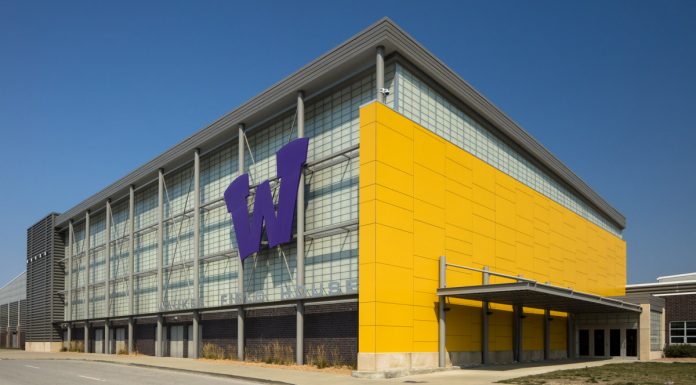Week two at the Statehouse was a short week, as there was no business with MLK day. But on the Tuesday back, we got straight to work in our committee and subcommittee work.
As Chairman of Economic Growth, I assigned three bills. A House Study Bill to designate Broadband Forward and Telecommuter Forward communities across the state, and two House Files to alleviate the child care issues. House File 2 is a child care incentive for developers to construct more child care centers and House File 3 is a child care incentive for employers that allows child care projects to qualify for high-quality jobs awards with a specific focus on economically distressed areas of Iowa.
On the IT Committee, we are sifting through the details of the Governor’s proposed Broadband bill and hope to come to an agreeable and productive compromise with the Senate and the Governor soon. In other IT news, additional funds totaling $15,452,302.00 from the CARES Act Coronavirus Relief Fund has been authorized to address the increased need for internet connectivity due to the COVID-19 pandemic. Applications must provide a demonstrable nexus to the COVID-19 pandemic, including a nexus to furthering telework, telehealth, distance learning, and other remote services. This grant round is based on renewed Targeted Service Area determinations published to an updated version of the Statewide Broadband Availability Map on October 28, 2020, at:
https://ocio.iowa.gov/broadband-availability-map-version-3.
Additional information is available at:
https://ocio.iowa.gov/empower-rural-iowa-broadband-grant-program-notice-funding-availability-005
On the Education Committee, we passed House File 5 out of committee and group bills were assigned. HF 5 expands the health care professional recruitment program to include “Eligible institutions” in the code (defined in the bill as a regents university or accredited private institution), rather than just Des Moines University. Another bill, by Representatives Landon and Gobble, Parental Choice in Education, was read in on Thursday. The bill states that if a public school or an accredited nonpublic school offers both in-person and online learning instruction, the parents or guardians will determine which instruction method their child will use. A recent CDC study found that in-person K12 schools don’t lead to increases in COVID compared to areas that have online-learning only, and both the Senate and the House want to ensure that every family that wants in-person learning, has access to it. I’ll keep you up to date on where bills like this are at in the process.
From an Appropriations and Education standpoint, many in the education community have made it clear that providing public education is almost impossible without significant financial assistance from Washington. Congress has responded by providing three different funding streams, pumping billions into local school districts across the nation. Neither the amount of the federal influx of dollars or the distribution criteria disparity have received much coverage. As a result, many Iowans are rightfully demanding to know how their local school districts have fared under the federal efforts.
You can find that here:
http://www.iowahouserepublicans.com/wpcontent/uploads/Federal-COVID-Funds-to-Schools.pdf
As an example, Iowa City is expected to receive $12.3 million under ESSER II for its 13,947 students. Yet, the neighboring district of Solon will receive just $99,044 for its 1,467 students. This means while Solon has 10.52% of the student population of the Iowa City school district but its share of the funding will be equal to 0.8% of Iowa City’s amount. The funding disparity between Solon and Iowa City is an example of many similar situations that are emerging across the state. There are huge differences in federal funding being sent to neighboring districts, solely based on the one calculation for Title I, Part A funding. Using the Title I numbers based on poverty makes sense for a portion of the federal assistance. But Congress’s decision to make Title I as the sole determinant for how the federal funds are distributed is being seen as a punishment by many districts who went to extraordinary lengths to provide their students with a quality education in these challenging times.
On Thursday morning, the Iowa Restaurant and Bar Relief Grant Program, an extension of the Iowa Small Business Relief Grant Program, was announced. The $40 million Iowa Restaurant and Bar Relief Grant Program will give grants of up to $25,000 to restaurants and bars that saw a decrease in gross sales in the second and third quarters of 2020, compared to the same period in 2019. The state will take applications for the grants from noon Feb. 1 through Feb. 15. The Iowa Economic Development Authority will determine the size of the grants based on how much sales revenue each applicant has lost. IEDA will release more details about the grants at IowaBusinessRecovery.com.












